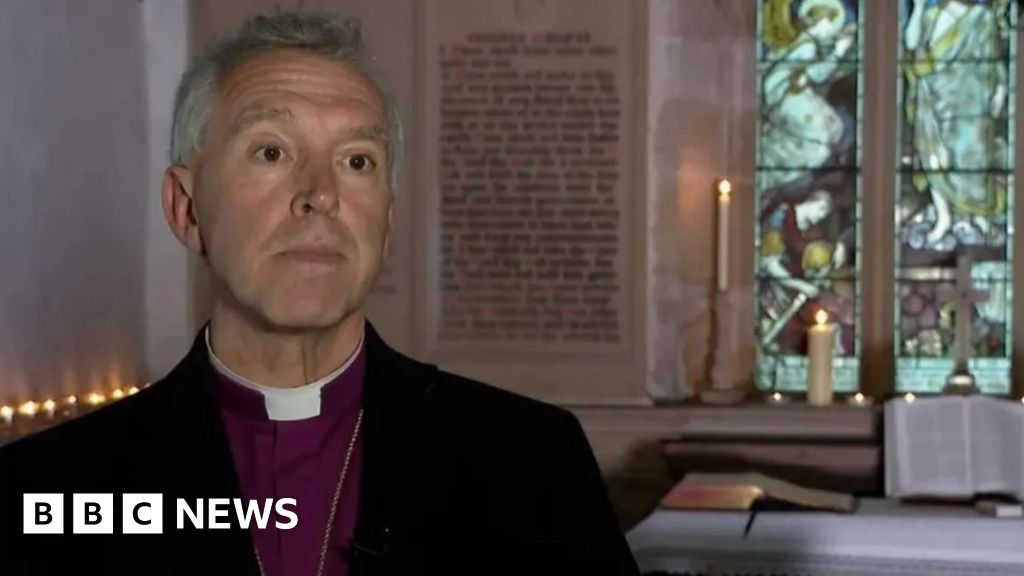A video went viral this week, allegedly showing the footage of a surveillance camera filming the entrance to the notorious Evin prison in Tehran being destroyed by an explosion. According to Israel, it had fired on the prison; Iran's judiciary confirmed the attack.
The prison is known for reports of human rights violations against political prisoners of the Iranian regime.
Israeli Foreign Minister Gideon Saar had shared the black-and-white video (archived here) on his X account, writing: "We warned Iran time and again: stop targeting civilians! They continued, including this morning. Our response: Viva la libertad, carajo!"
Numerous international media outlets featured or referenced the six-second video to report on the attack. These included the New York Times, BBC, and the German channel ARD. They have since deleted the footage and added disclaimers to their publications.
But the video appears to be fake. Most probably generated with AI with the help of an old image of the prison gate. DW Fact check looked at the puzzle pieces.
Old image used as a template?
A photo of the prison entrance, which is identical down to the smallest details, was used in a Persian-language article by Voice of America from May 2023. It shows a larger section of the image and was presumably taken from this post on X, from January 2023.
If you compare the video circulating now and the image from 2023 you will see that there are a lot of similarities which are just too exact for pictures of the same location that have been taken at least 2 years apart: Compare the missing tiles on the left side of the entrance, or the bare shrubs in the right lower corner of the marked in both images. The shrubs are also an indication that the photo cannot be recent, but was instead taken in winter, as there are no leaves at all.
 A side-by-side shows the striking similarity between the viral video alledgedly showing the bombing of Evin Prison and the image that is from 2023. Image: رسانههای ایران | X
A side-by-side shows the striking similarity between the viral video alledgedly showing the bombing of Evin Prison and the image that is from 2023. Image: رسانههای ایران | X Other pictures of Evin Prison on the internet, which were actually taken in summer, show the bushes and shrubs covered in dense foliage. One example, presumably from 2021, can be found here.
Also, images of the damage actually caused at the prison now, shared by Iranian news agencies, show trees and bushes covered in leaves, and not bare, as in the black and white video sequence.
Hany Farid, a professor at the University of California, Berkeley, who specializes in digital forensics, also pointed out the inconsistencies in the video shared by Saar in a post on LinkedIn on Tuesday.
He wrote: "Unfortunately, the video is heavily compressed, making forensic analysis challenging. (…) It seems more likely that an AI-powered image-to-video generator was used with this image as the source
AI-generated content becoming dangerously realistic
The poor video quality seems plausible by faking a surveillance camera recording and complicates reverse image searches, as does the change in color footage to black and white.
Farid added: "If this video is, in fact, fake, then it adds to a growing and disturbing trend of fake content circulating online as major world events unfold, making our understanding of what is happening and how to respond shaky, at best."
Various fact checks, for example by Libération, VRT and ABC News Australia, have already come to the same conclusion: the video is not authentic. However, many users online and media outlets fell for it because there really was an attack on the prison. According to Iranian media, the attack not only struck the prison’s main entrance but also damaged a prosecutor's office and two courts within Evin, cited in media reports. Further confusion was caused because the viral video matches real footage of the entrance gate.
 Images by Iranian media agencies show the damage caused to the Evin Prison hit by an Israeli strikeImage: Mostafa Roudaki/mizanonline/AFP/Getty Images
Images by Iranian media agencies show the damage caused to the Evin Prison hit by an Israeli strikeImage: Mostafa Roudaki/mizanonline/AFP/Getty ImagesFarid told DW in a previous interview, "The problem with the fake content is that it's not just that people are creating fake content. It's that they are muddying the waters and suddenly everything is suspect."
With the improvement of AI-generating programs and the sheer amount of content shared online, this "muddying of waters" is making it more and more difficult to distinguish between what is real and fake.
This article is part of a cooperation with the fact check teams of the public broadcasters ARD-Faktenfinder, BR24 #Faktenfuchs and DW Faktencheck.
Edited by: Rayna Breuer

 5 hours ago
4
5 hours ago
4









